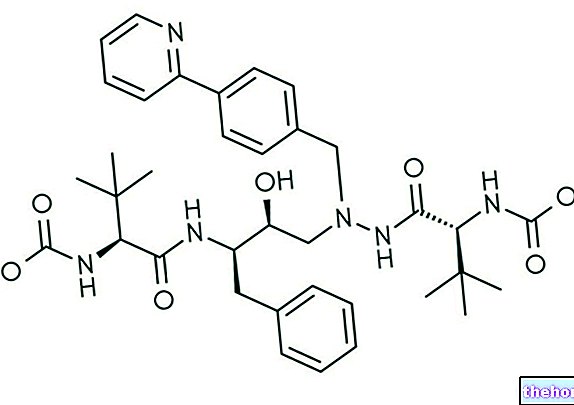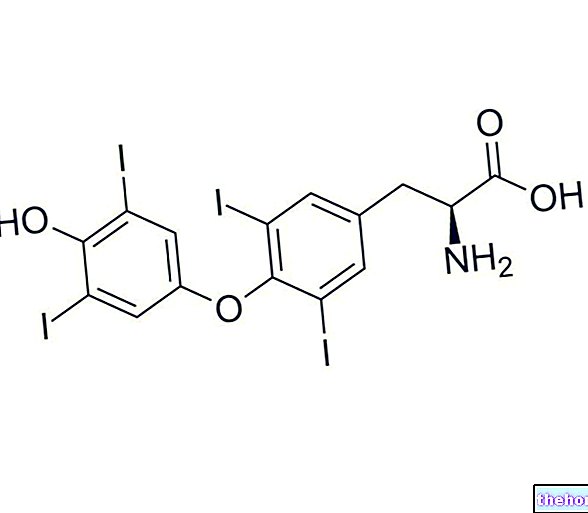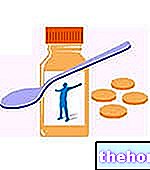Definition
Polymyalgia rheumatica is an inflammatory disease that affects the muscles. Generally, it starts from the neck, shoulders and hips and - if not properly treated - spreads to the rest of the body as well. This pathology has a significant impact on the quality of life of patients who are affected by it, as it can hinder even the most common daily activities.
Usually, the disease occurs in individuals over 50-60 years of age.
Causes
The exact causes that trigger polymyalgia rheumatica have not yet been fully clarified, but it seems that at the basis of the onset of the disease there are both genetic factors that predispose individuals to get sick, and environmental factors (for example, it has been noted that in some individuals polymyalgia rheumatica develops following viral or bacterial infections).
Symptoms
The first symptoms of rheumatic polymyalgia are pain and stiffness in the muscles of the neck, shoulders and hips, which prevent patients from carrying out even the simplest activities, such as getting out of bed in the morning.
Other symptoms that can occur are fever, night sweats, anorexia and weight loss.
Diet
The information on Rheumatic Polymyalgia - Drugs and Care is not intended to replace the direct relationship between health professional and patient. Always consult your doctor and / or specialist before taking Polymyalgia Rheumatica - Drugs and Treatment.
Medicines
The first-line drugs that are used in the treatment of polymyalgia rheumatica are corticosteroids. Eventually, the doctor may decide to also administer methotrexate concomitantly with the latter.
Furthermore, in association with pharmacological treatment, patients are recommended to follow a healthy lifestyle, practicing regular physical activity and adopting a balanced diet accompanied by a "vitamin supplement."
However, despite these therapeutic strategies, the recovery times for polymyalgia rheumatica are quite long and can last up to one or two years.

The following are the drugs most used in the therapy against rheumatic polymyalgia and some examples of pharmacological specialties; it is up to the doctor to choose the active ingredient and dosage most suitable for the patient, based on the severity of the disease, the state of health of the patient and his response to treatment.
Corticosteroids
As mentioned, corticosteroids are used as first choice drugs in the treatment of rheumatic polymyalgia, by virtue of their powerful anti-inflammatory action. However, they must be used with caution and patients must be constantly monitored throughout the duration of therapy due to the side effects they can cause.
- Prednisolone (Sintredius ®): prednisolone is the most commonly used corticosteroid in the treatment of polymyalgia rheumatica. The dose of drug usually used is 10-30 mg per day, to be taken orally. However, the exact drug dosage must be determined by the physician on an individual basis.
- Methylprednisolone (Urbason ®, Medrol ®, Solu-Medrol ®): when administered orally, the dose of methylprednisolone used can vary from 4 mg up to 48 mg per day. The initial quantity of drug to be administered and the optimal maintenance dose for each patient must however be established by the physician.
- Prednisone (Deltacortene ®): The dose of prednisone usually administered orally is 10-15 mg per day. Also in this case, the exact dosage of the drug will have to be established by the doctor on an individual basis for each patient.
Methotrexate
In some cases, the physician may find it necessary to institute methotrexate therapy in conjunction with corticosteroid treatment. Methotrexate, in fact, reduces the action of the immune system and - consequently - helps to decrease the inflammatory state that characterizes polymyalgia rheumatica. This allows the administration of a lower quantity of corticosteroids.
Methotrexate (Reumaflex ®) is available for intramuscular, subcutaneous or intravenous administration and should only be administered by a physician or trained personnel. The usual dose is 50 mg of the drug per week.





.jpg)






















